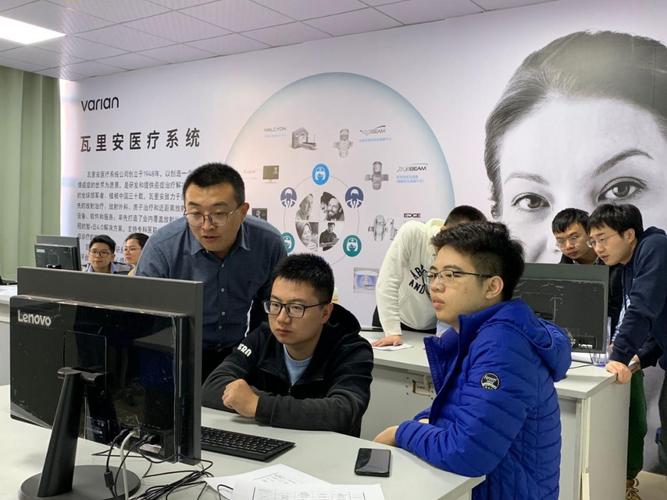医药科学技术
Medical Engineering and Technology
Medical engineering and technology play a crucial role in improving healthcare outcomes, enhancing patient comfort, and advancing medical research. This interdisciplinary field combines principles of engineering with medical and biological sciences to develop innovative solutions for diagnosis, treatment, and patient care.
Medical engineering and technology are utilized in various sectors of the healthcare industry, including:
- Medical Imaging: Technologies such as MRI, CT scans, and ultrasound enable noninvasive visualization of internal organs and tissues for accurate diagnosis.
- Biomedical Devices: Development of devices like pacemakers, artificial organs, prosthetics, and medical robots to improve patient quality of life.
- Telemedicine: Use of communication technology for remote diagnosis, monitoring, and treatment of patients, especially in underserved areas.
- Regenerative Medicine: Application of engineering principles to grow tissues, organs, or cells to replace damaged ones in the body.
- Health Information Systems: Utilization of data analytics, machine learning, and artificial intelligence to enhance patient care, diagnosis, and treatment planning.
While medical engineering and technology have made remarkable advancements, there are still challenges to address:
- Regulatory Hurdles: Compliance with stringent regulations and standards to ensure safety and efficacy of medical devices and technologies.
- Interdisciplinary Collaboration: Effective communication and collaboration between engineers, clinicians, researchers, and policymakers to drive innovation.
- Data Security and Privacy: Safeguarding patient health information and ensuring confidentiality in the era of digital healthcare.
- Cybersecurity Risks: Protection against cyber threats to medical devices and information systems to prevent unauthorized access.
- Cost and Access: Balancing the development costs of cuttingedge technologies with affordability and accessibility for all patients.
Looking ahead, the field of medical engineering and technology is poised for exciting developments:
- Bioprinting: 3D printing of living tissues and organs for transplantation and regenerative medicine applications.
- Nanotechnology: Nanoscale materials for targeted drug delivery, imaging, and diagnostic purposes.
- Personalized Medicine: Tailoring treatment plans based on an individual's genetic makeup, lifestyle, and environmental factors.
- Artificial Intelligence: Integration of AI algorithms for predictive analytics, image interpretation, and treatment optimization.
- Robotics: Advancements in surgical robots, exoskeletons, and assistive devices for improved patient outcomes and surgical precision.

Medical engineering and technology continue to revolutionize the healthcare industry, offering new possibilities for diagnosis, treatment, and patient care. By addressing key challenges and embracing emerging trends, professionals in this field can shape the future of medicine and improve the lives of patients worldwide.
